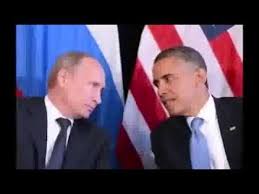In September 2013, at a speech at Nazarbayev University in Astana, Chinese Premier Xi Jinping announced plans to promote a “Silk Road Economic Belt” across neighboring Eurasian states. Over the next months, Chinese policymakers and analysts further outlined ambitious plans to promote regional cooperation, economic integration, and connectivity by funding large-scale infrastructure and development projects throughout the region. These include a series of land routes and high-speed rail links intended to connect East Asia with Europe (via Eurasia), South Asia, and the Middle East, as well as an accompanying maritime belt, supported by upgrades to ports and logistics hubs. Collectively, these two belts have been described as One Belt, One Route (OBOR) and, according to the South China Morning Post, the initiative represents the “most significant and far-reaching project the nation has ever put forward.”
Despite the project’s regional enthusiasm and official fanfare, the exact details of OBOR remain underdeveloped. Moreover, the vision rests on debatable assumptions about the allegedly mutually reinforcing relationship between external patronage, economic development, and political stability. The U.S. policy response to OBOR and its supporting initiatives has been typically schizophrenic across different governmental divisions. Eurasian and Central Asian-related agencies have emphasized the very close compatibility between OBOR and the U.S.-led New Silk Road (NSR) that emphasizes regional connectivity in Central Asia (and, by implication, diversification away from Russia). However U.S. officials and, critically, the U.S. Treasury, clumsily opposed the Asian Infrastructure Investment Bank (AIIB) and in the fall of 2014 even lobbied, unsuccessfully, allies South Korea and Australia not to join the organization. Nonetheless, despite the bungling of the AIIB issue, there remains a range of legitimate practical and analytical questions concerning the OBOR’s imputed potential to transform the economies and polities of Eurasia. This memo will explore some of the challenges that the Chinese initiative is likely to confront in the areas of governance and promotion of political stability when interfacing with Central Asia’s patrimonial political systems.










